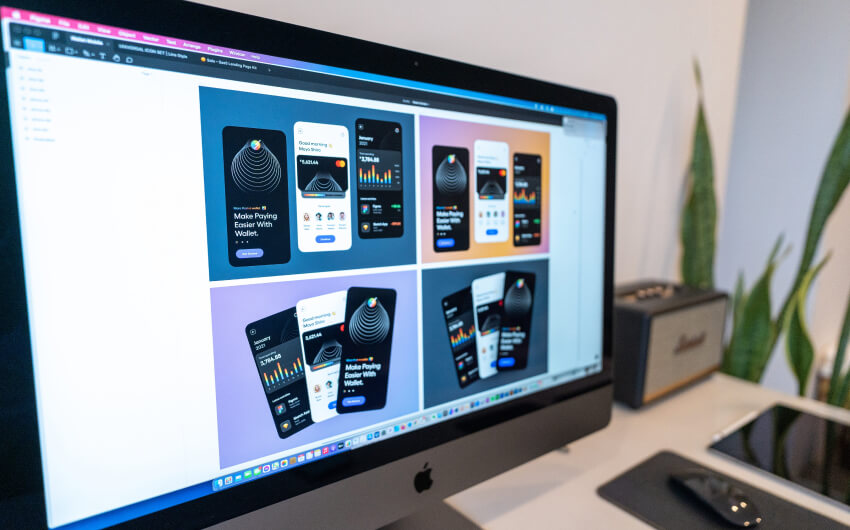Design
What is experience design?
The experience design guide explains how an outside-in approach can provide the perspectives you need to create the experiences people crave.
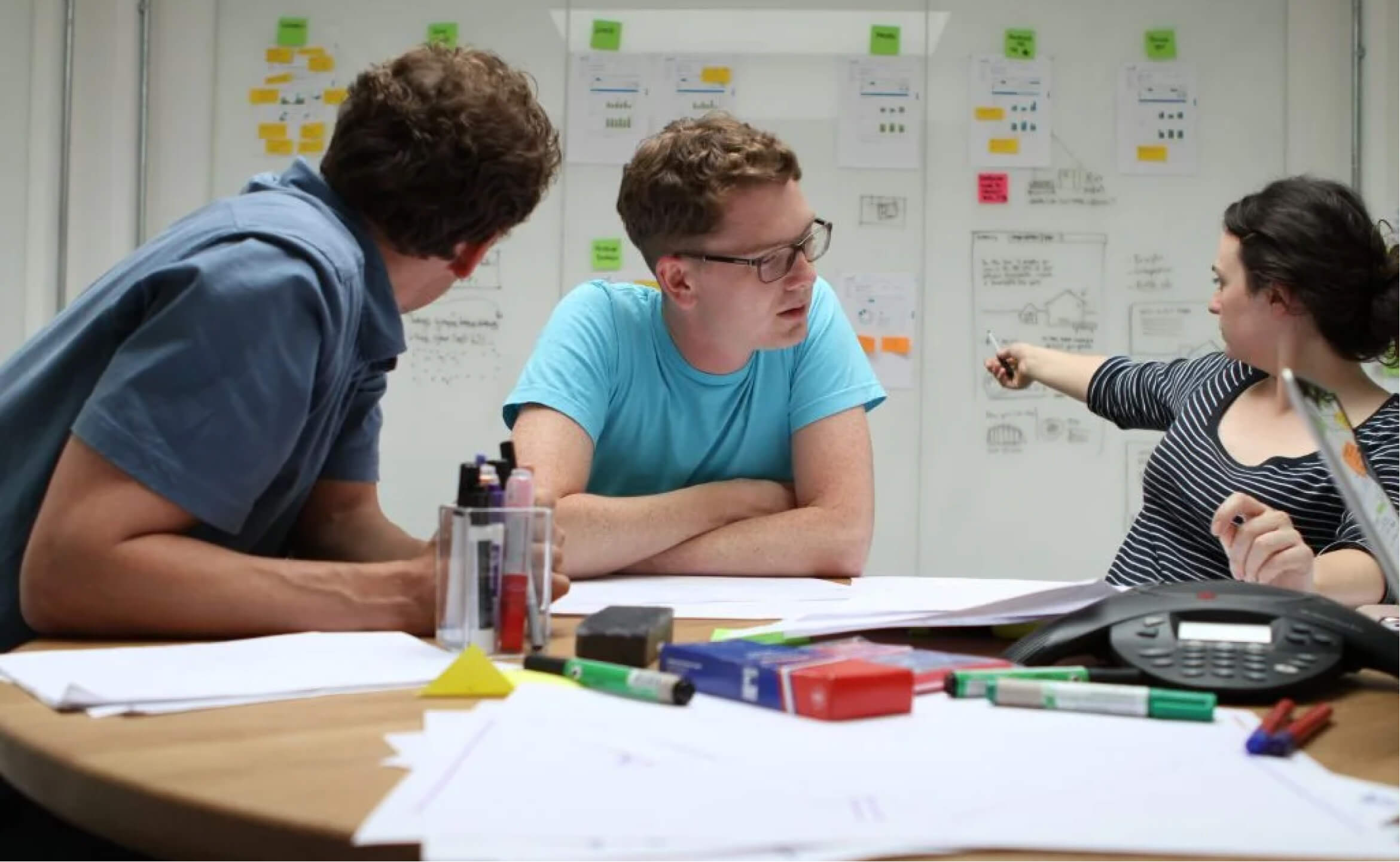
Experience design involves a methodology for creating experiences that:
- Solve a problem
- Elicit a positive emotional response
- Drive usage and behavior
It’s the approach that can be utilized to design a range of experiences, such as crafting cutting-edge products, formulating marketing strategies, and implementing workplace policies that enhance employee experiences.
The crux of experience design is centered around the user — in what way does the experience you’re crafting integrate into their daily lives? How will they engage with it? In what manner can the experience elicit a particular emotional reaction or incite a targeted behavior?
It’s important to remember that creating a great user experience is not a one-time event. It typically involves multiple rounds of testing and improvement, with continuous feedback from users. Regardless of where you are in the process, keeping the end-user in mind is crucial.
The process begins with a deep understanding of the individual or group for whom the experience is being designed, and this serves as the foundation for all decision-making. From there, a cycle of generating ideas, testing them, and making improvements through iteration is carried out to enhance the experience.
Experienced designers develop empathy for the end-user, which allows them to explore innovative solutions to the problems faced by those people. Additionally, you can hire a dedicated development team to create a tailored solution that can enhance customer satisfaction. This approach focuses on understanding the needs of the user and is used by many successful brands to rethink their product and service experiences. It has played a key role in some of the most successful disruption stories from the last decade.
Putting experience design into practice: the Uber story
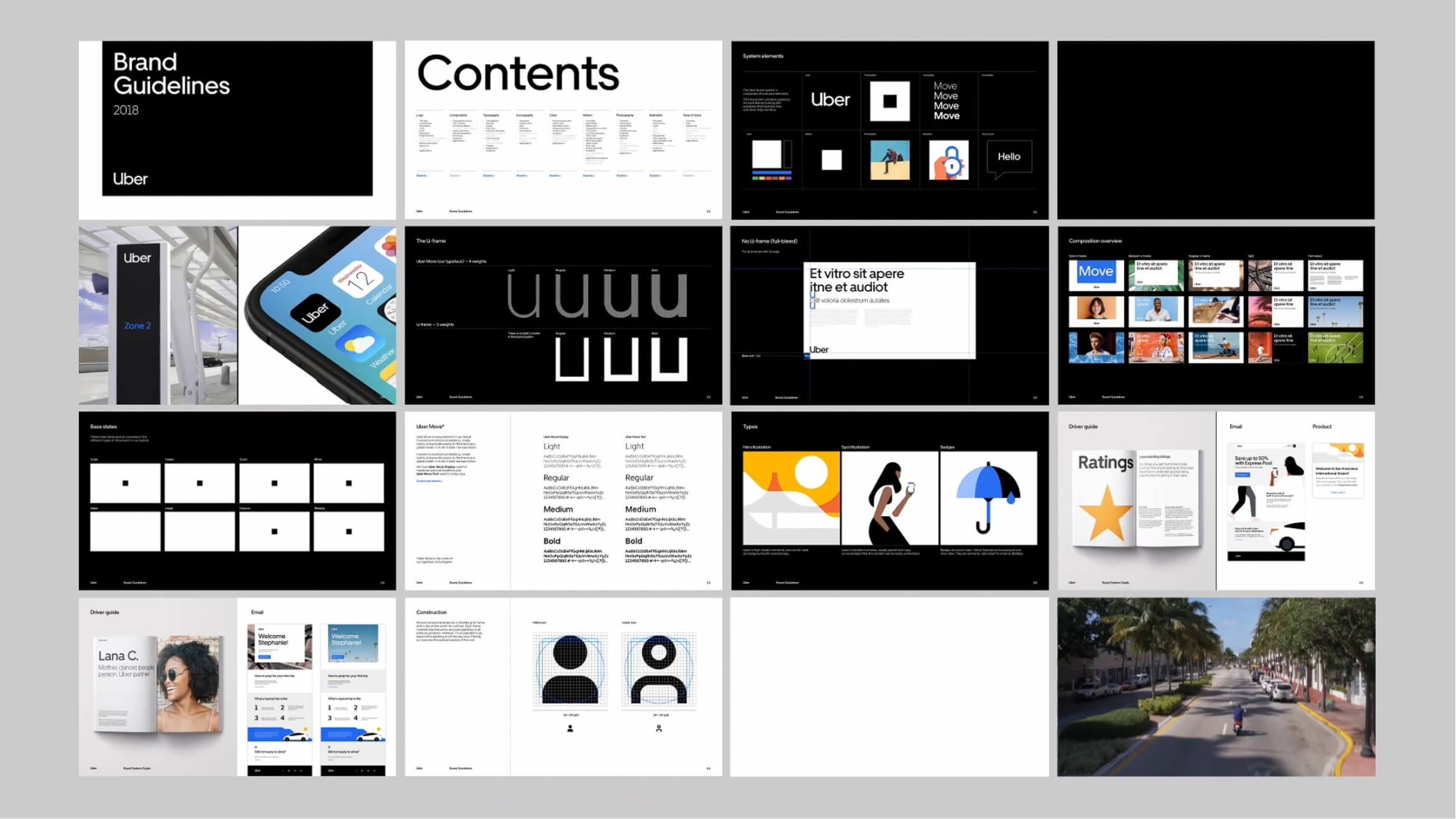
Uber’s launch in 2010 serves as a remarkable case study for successful design thinking. It all began when the founders faced the frustration of not finding a taxi on a rainy night in Paris. While one way to tackle the problem would have been to launch a taxi company and increase the number of taxis to meet demand, Uber’s founders took a different approach. They empathized with the customers and identified their pain points to develop a solution that addresses them effectively.
The founders of Uber launched the company in 2010 after experiencing frustration at not being able to find a taxi in Paris one rainy night. Instead of simply starting a taxi company to meet demand, they decided to approach the problem from the perspective of the customer. They identified pain points such as waiting in line for a taxi, needing cash to pay the driver, and uncertainty about the cost of the fare. These pain points served as the starting point for Uber’s creative thinking in re-imagining the customer experience. By applying an outside-in approach, they were able to successfully disrupt the traditional taxi industry.
In 2020, as the COVID-19 pandemic halted travel, Uber continued to rely on its successful approach. They leveraged their customer insights to identify problems and found a new opportunity. The result was the expansion of UberEats beyond food delivery to include household essentials and prescriptions, addressing an unmet need. This move allowed the ‘get’ side of their business to catch up with the traditional ‘go’ business.
The significance of experience design
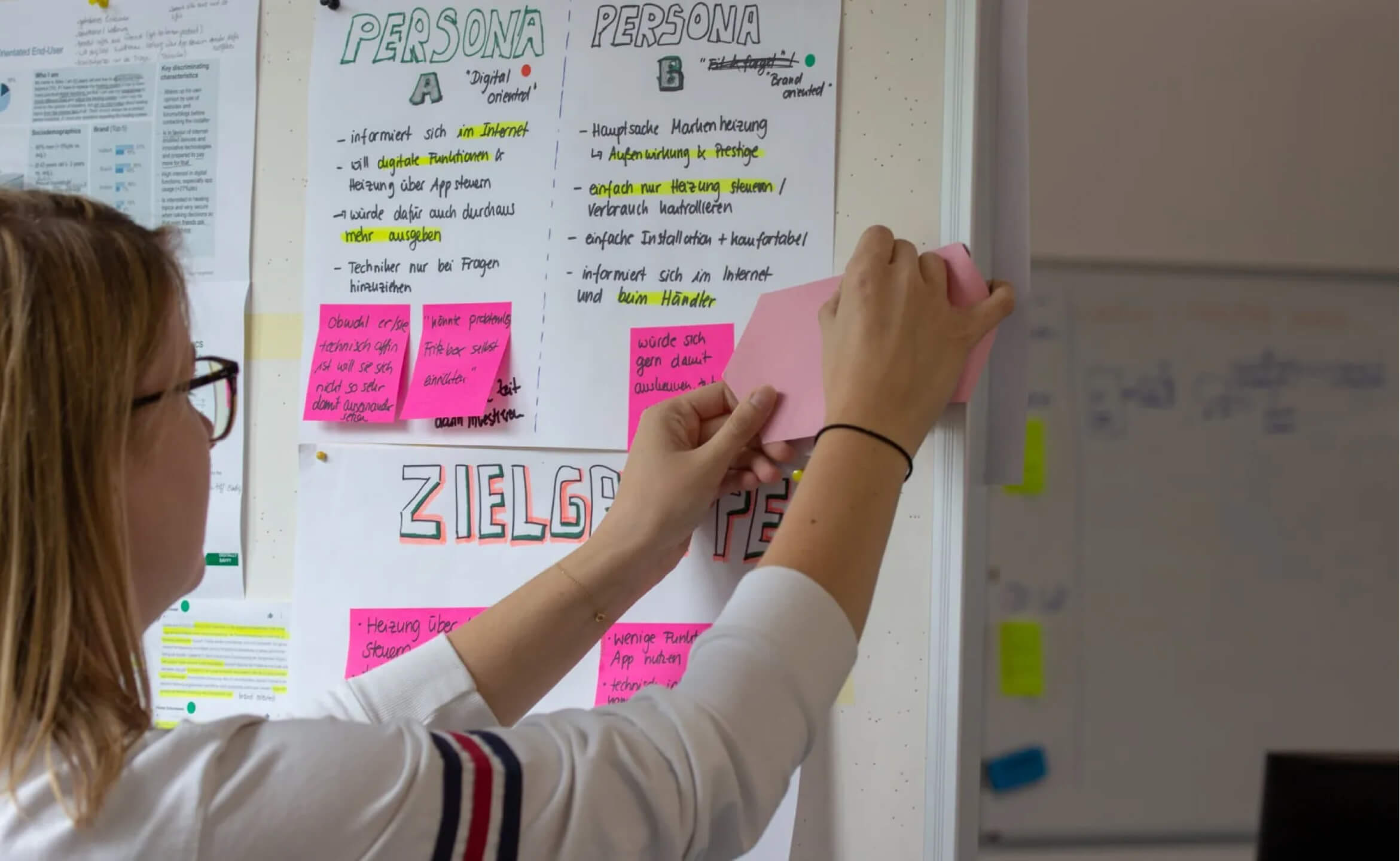
Developing a culture of design thinking within an organization can have a widespread impact. Although commonly associated with product development and UX teams, any team within the organization can use this approach by gaining a deep understanding of the end-user and creatively addressing their needs.
Your HR team has the potential to identify workplace dynamics and come up with policies that enhance the experience for your employees. One example is introducing new benefits packages that aid in driving retention and attracting new talent. On the other hand, your customer experience team can identify areas in the buying process that cause friction and take measures to reduce customer effort and boost revenue.
Your marketing team can the ability to detect emerging trends and devise innovative ways to engage and communicate with customers, ultimately increasing customer loyalty. Additionally, your product development team can identify unmet needs and create creative solutions to address consumer problems, resulting in the development of innovative new products and services.
The experience design process
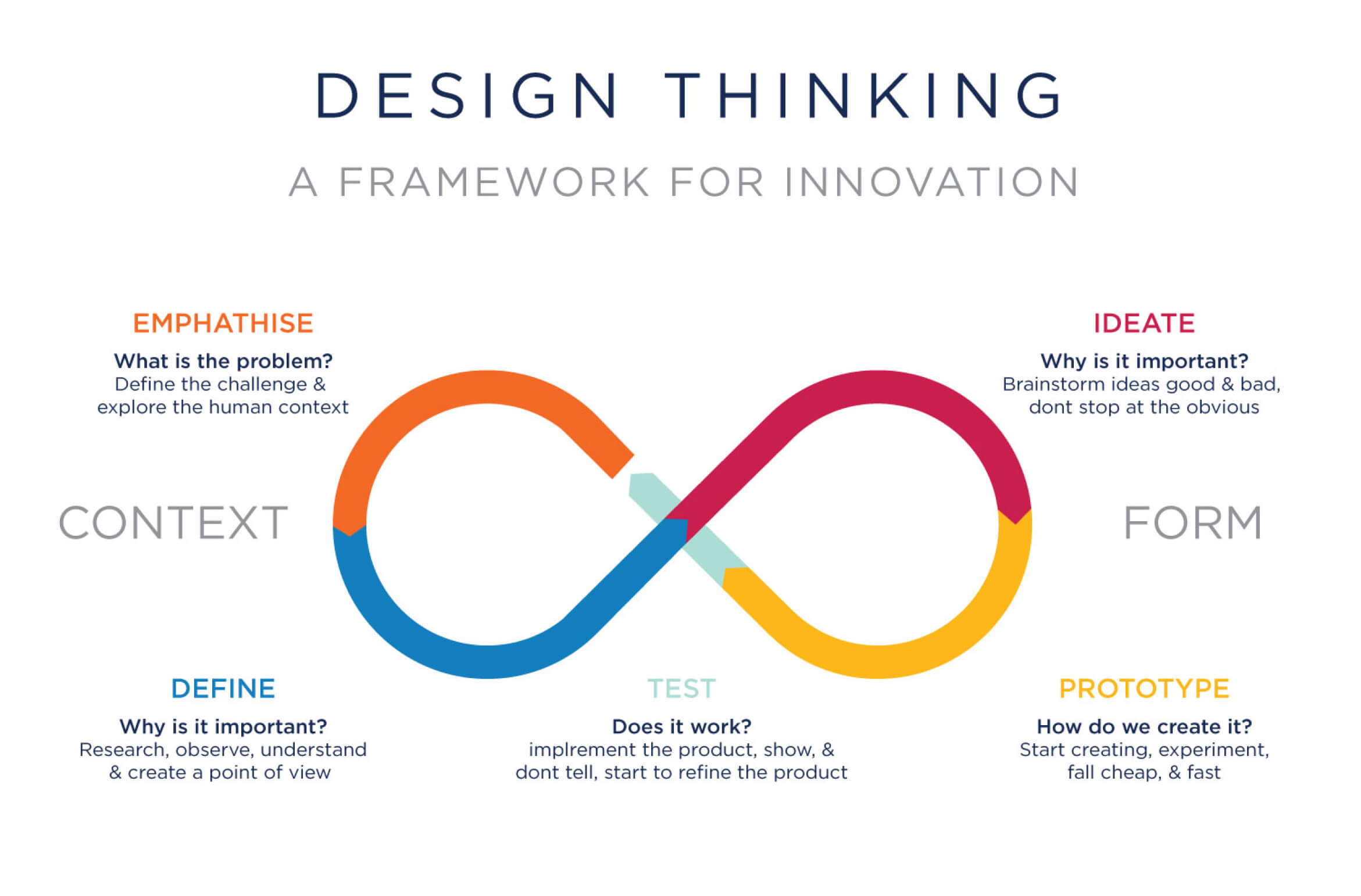
According to the model proposed by the Hasso-Plattner Institute of Design at Stanford (aka d.school), there are 5 key stages to designing an experience
Empathize — understand your users, their worldview, and the beliefs, sentiments, and emotions that drive their decisions
Define — understand your target audience’s needs, and the problems that you’re intending to solve
Ideate — challenging pre-existing ideas on how to solve the problem and apply creative thinking to propose innovative solutions. At this stage, they don’t have to work — you just have to think they might work
Prototype — start to implement the solutions that you’ve ideated in the previous phase with a series of concepts (these are often inexpensive, or ‘rough’ versions compared to a final product of a feature)
Test — see how they fly in the wild. Gather feedback from your prototypes to identify what’s working, what’s not, and what needs to be improved.
It’s worth highlighting that these steps don’t have to follow a strict order. For instance, you could be simultaneously testing ideas with a group of participants while creating a prototype of your product. Furthermore, after each round of feedback, you may need to go back to the ideation phase to figure out how to address any issues that arise.
Tools for experience design research
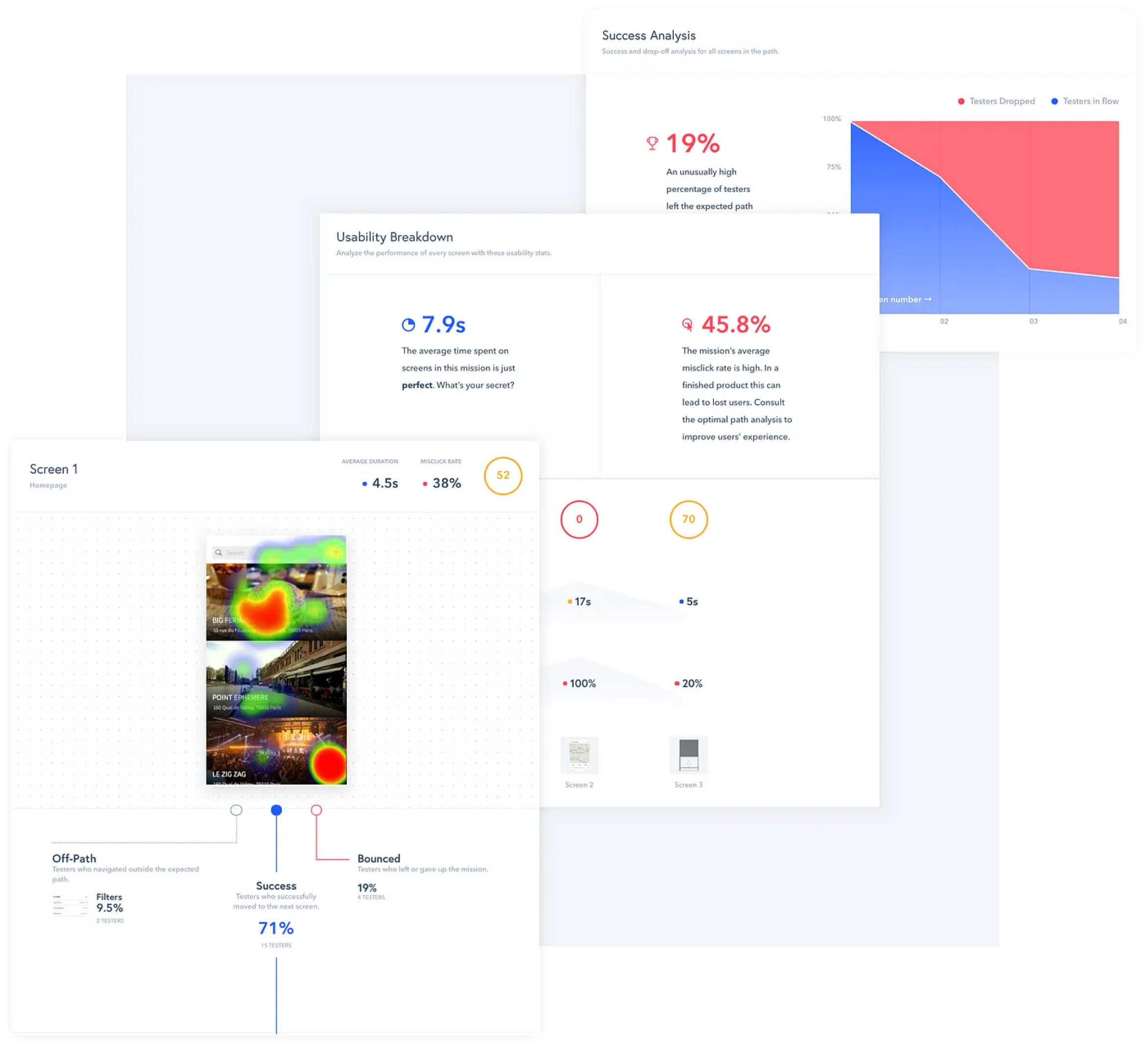
Technology plays a crucial role in designing exceptional experiences. It allows businesses to gather insights at scale from their target audience and make sense of vast amounts of data to identify the necessary actions to create a flawless experience.
Your experience design tools need to enable you to:
Gather feedback from the right people — this often includes those outside of your existing customer base. Continuously conducting research is crucial to identify patterns, trends, and changes in your target market’s behavior, as well as to identify emerging needs. Utilizing online research panels enables you to quickly connect with new audiences and gain a better understanding of them as you start to identify problems and brainstorm solutions.
Identify the right actions — with data coming in from multiple sources, you need to be able to apply powerful analytics to large datasets to identify the right opportunities. At every stage, including identifying emerging needs and user feedback in the testing phase, it is crucial to apply powerful analytics to large datasets to identify the right opportunities and continually iterate and improve the experience.
Share insights effortlessly across teams — no experience is created in a silo. For instance, in the case of a new product, the product development team designs and conceptualizes it, but it’s the marketing team that has to effectively communicate its features and benefits to the target customers. The production team is responsible for building the product within the appropriate cost to make it profitable, while the fulfillment team is accountable for ensuring timely delivery to the customers. At each phase of the process, various teams must make crucial decisions that prioritize the end-user, making it essential to share insights across departments to ensure customer-centricity at every step.
Make insights instantly available — the market research technology available today enables you to get real-time insights from your audience. Being able to quickly identify emerging needs or issues is a significant competitive advantage in today’s fast-paced environment. Traditional market research techniques, which can take months from conducting a survey to reporting on insights, may leave you behind more agile competitors.
Common techniques used in experience design

After gaining an understanding of your target audience and identifying the problem at hand, experience designers typically employ a variety of techniques to close the gap and perfect the experience. These techniques have been tried and tested over time, and include creating user personas, journey mapping, prototyping, and testing. By utilizing these techniques, experience designers are able to create a user-centered approach to design that is effective and efficient in delivering the desired experience to the end-user.
Concept testing — presenting your concepts to your target audience for feedback through studies can be a great starting point in identifying your strongest ideas and making a judgment on which ones are most likely to be successful.
Max Diff and conjoint — in contrast to concept testing, these studies replicate real-world decisions made by your target audience, such as comparing two products on a web page. By having them make trade-offs between different configurations, you can determine the most effective combination of features and test elements like pricing.
Naming studies — come launch, your name says a lot about a product or service. By conducting naming studies, you can gain insights into how your target audience perceives different names and the values and attributes they associate with them. This can help you select the most effective name for your product or service at launch.
